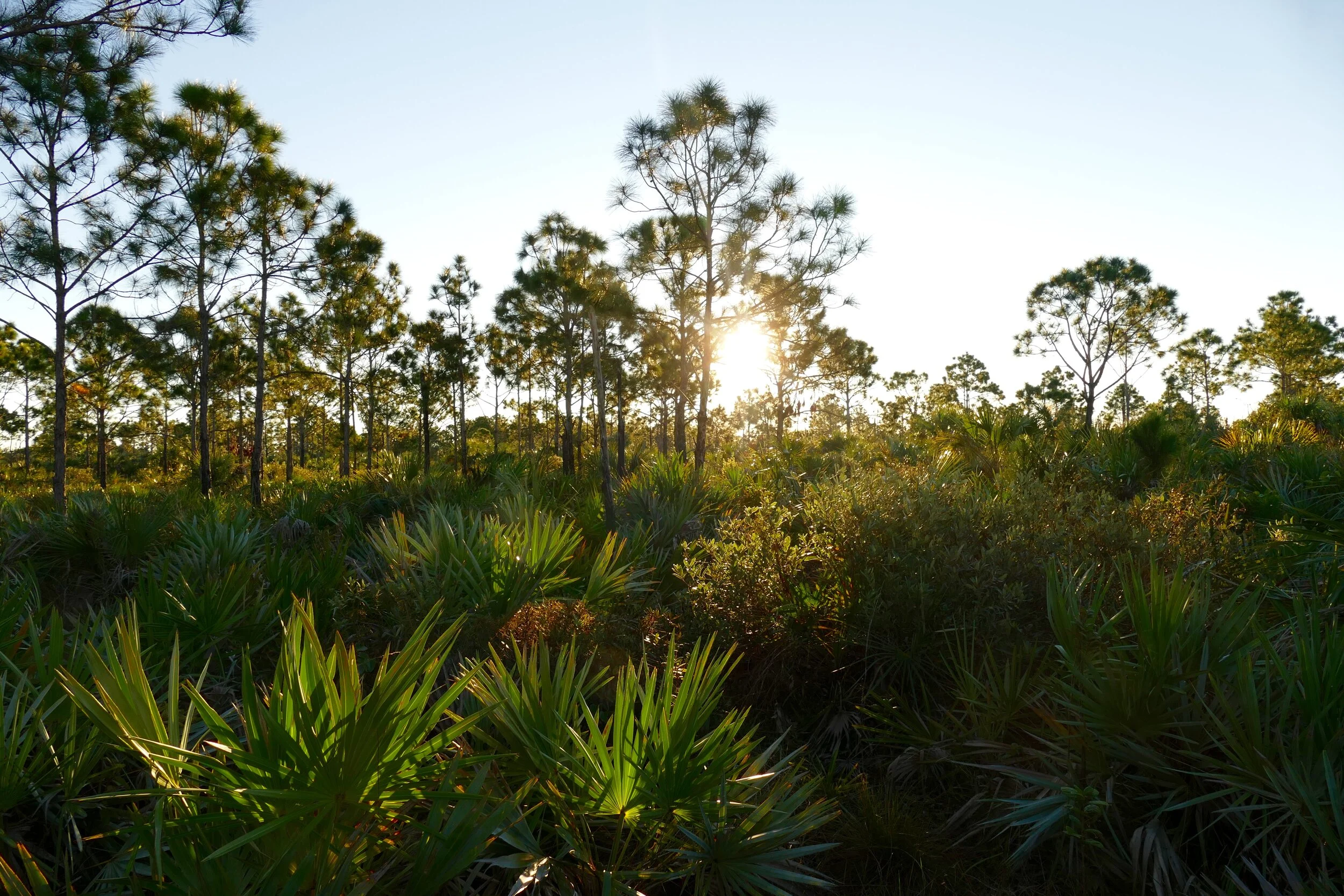One of the world’s most endangered habitats
Pine Rocklands are considered a globally critically imperiled habitat unique to South Florida and the Bahamas. In Miami-Dade County, this slash pine forest once spanned more than 186,000 acres along the oolitic limestone Miami Rock Ridge that bisects the county on a NE/SW axis. Today, less than 2 percent of the forest exists outside of Everglades National Park.
The fragmentation of Miami-Dade County’s Pine Rocklands is due in large part to rapid urban development throughout the 20th century. Because of the pineland’s high, relatively dry location along the ridge, it was an ideal place to settle in contrast to lower flood-prone areas and adjacent wetlands. Pine Rocklands were also impacted by conversion to agriculture, fire suppression and exotic plant invasion.
Despite its limited range, Pine Rocklands exhibit a unique and diverse plant community. The dominant South Florida slash pine is the foundation species, towering over a savanna-like understory of more than 225 types of native plants, including more than 100 species of palms and hardwoods, such as the Cabbage Palm, Saw Palmetto, and Silver Palm, and a rich diversity of small herbaceous species of grasses, forbs and ferns such as, Coontie, Hairawn Muhly, Lacy Bracken and Lopsided Indiangrass and. Other plants growing from the oolitic limestone base, such as the purple-flowered Milk Pea and tiny yellow-green Milkwort, are found nowhere else in the world.
Rare animal species protected at either the state or federal level inhabit the Pine Rocklands, including the endangered Bartram’s scrub- hairstreak and Florida Leafwing butterflies, Eastern Indigo Snake, Florida Bonneted Bat, Miami Tiger Beetle, rare Florida Panther and Gopher Tortoise. Birds, such as the Brown-headed Nuthatch, Eastern Bluebird, and Red-cockaded Woodpecker, also utilize South Florida Pine Rocklands as nesting grounds, foraging resources or even migration points.
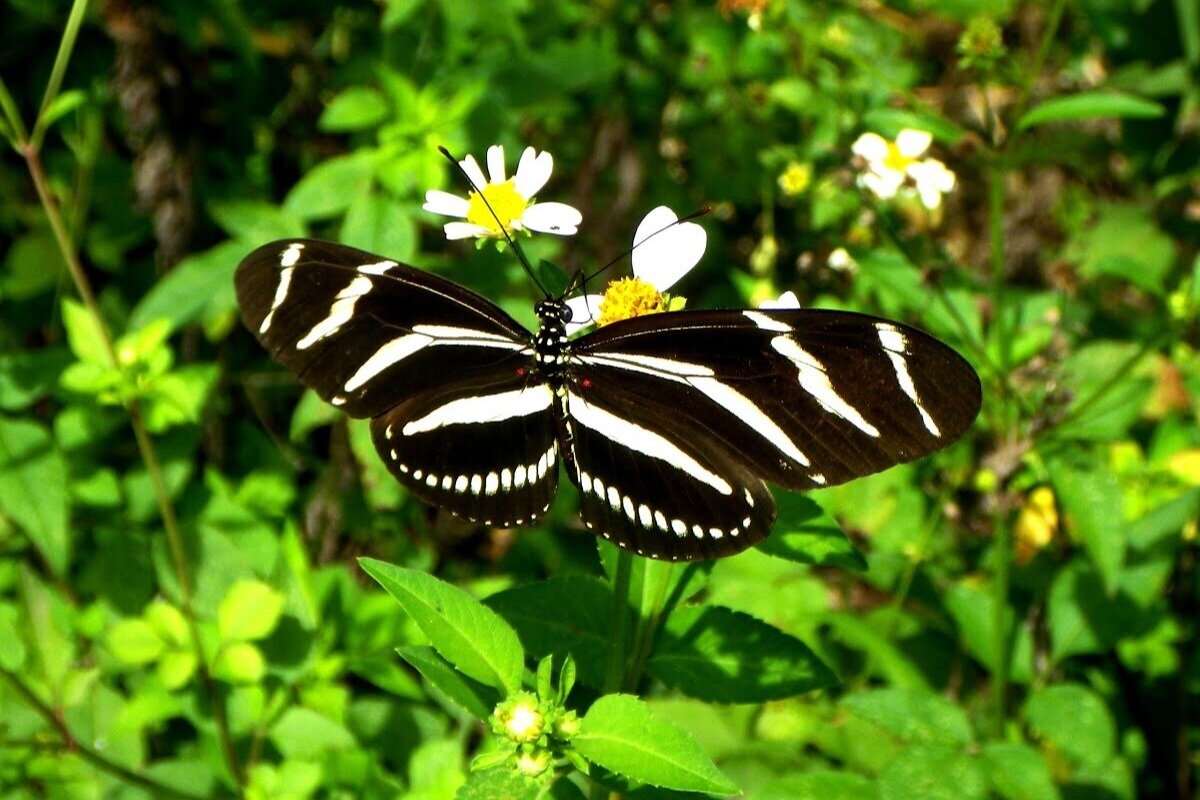
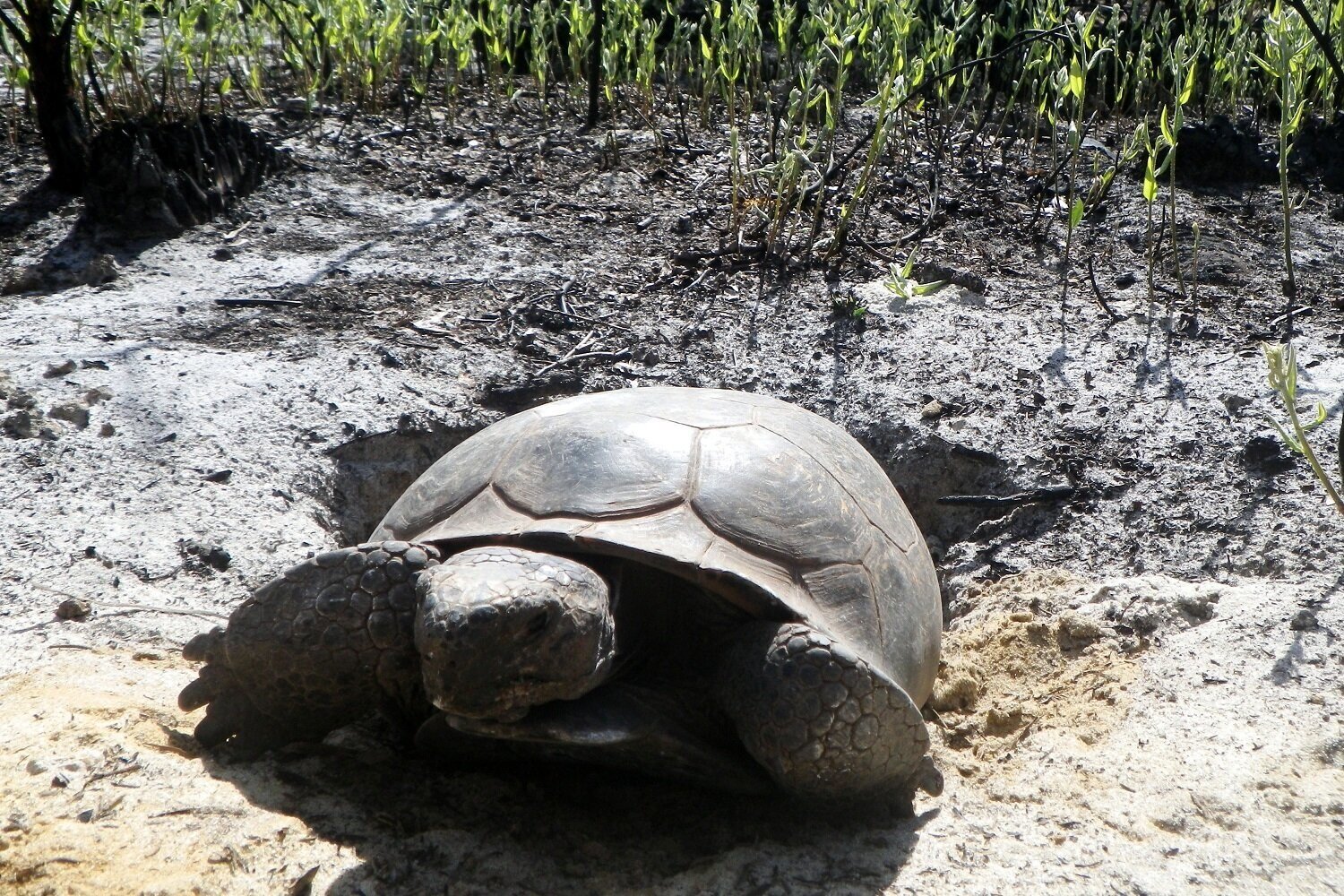
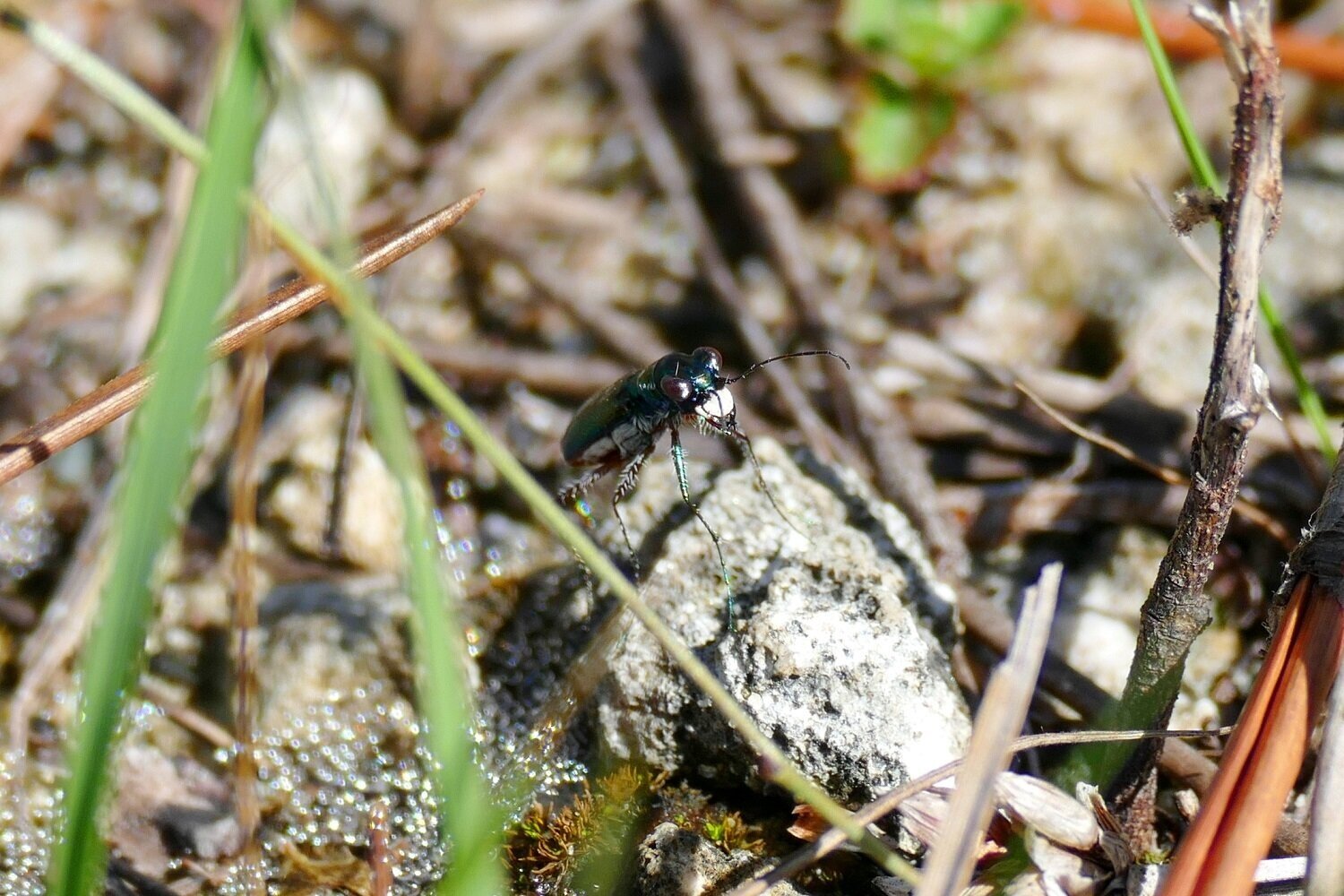
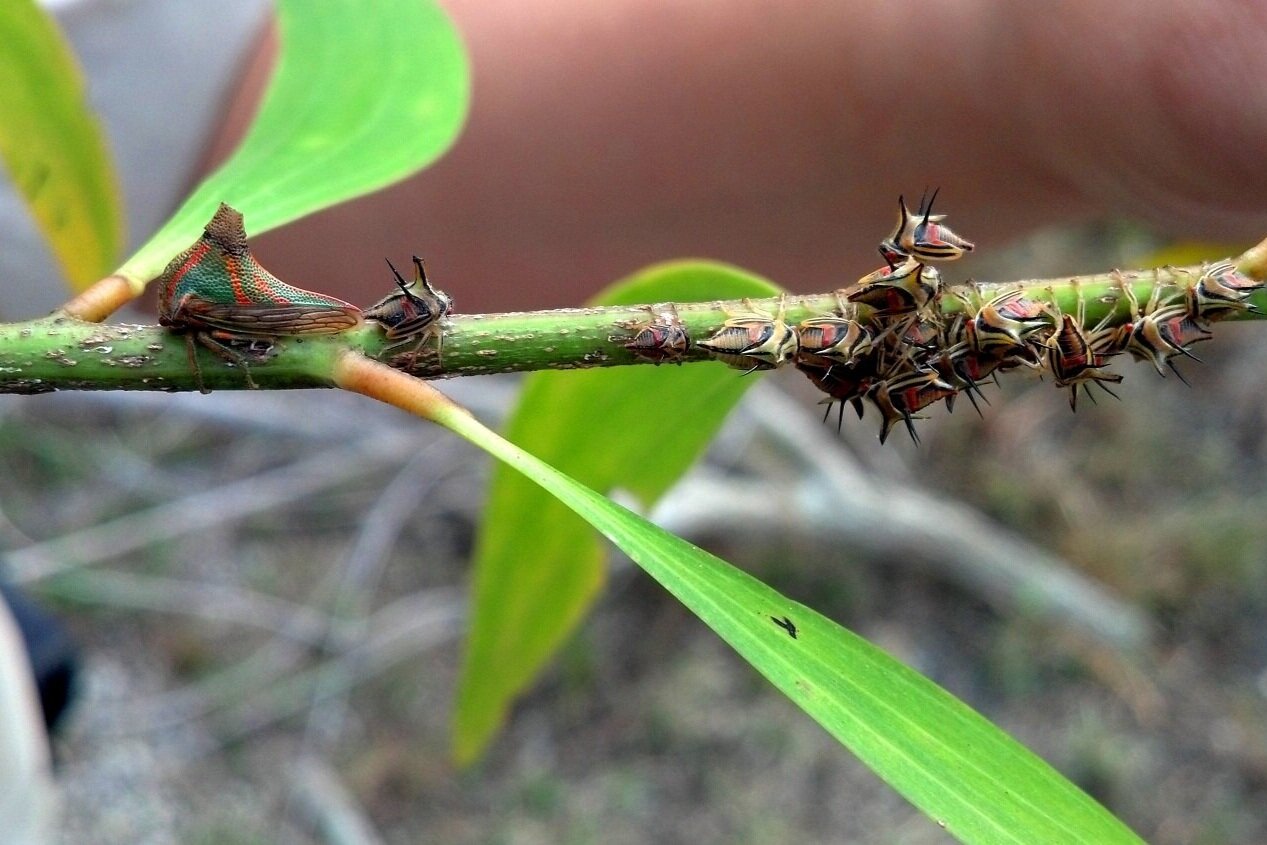
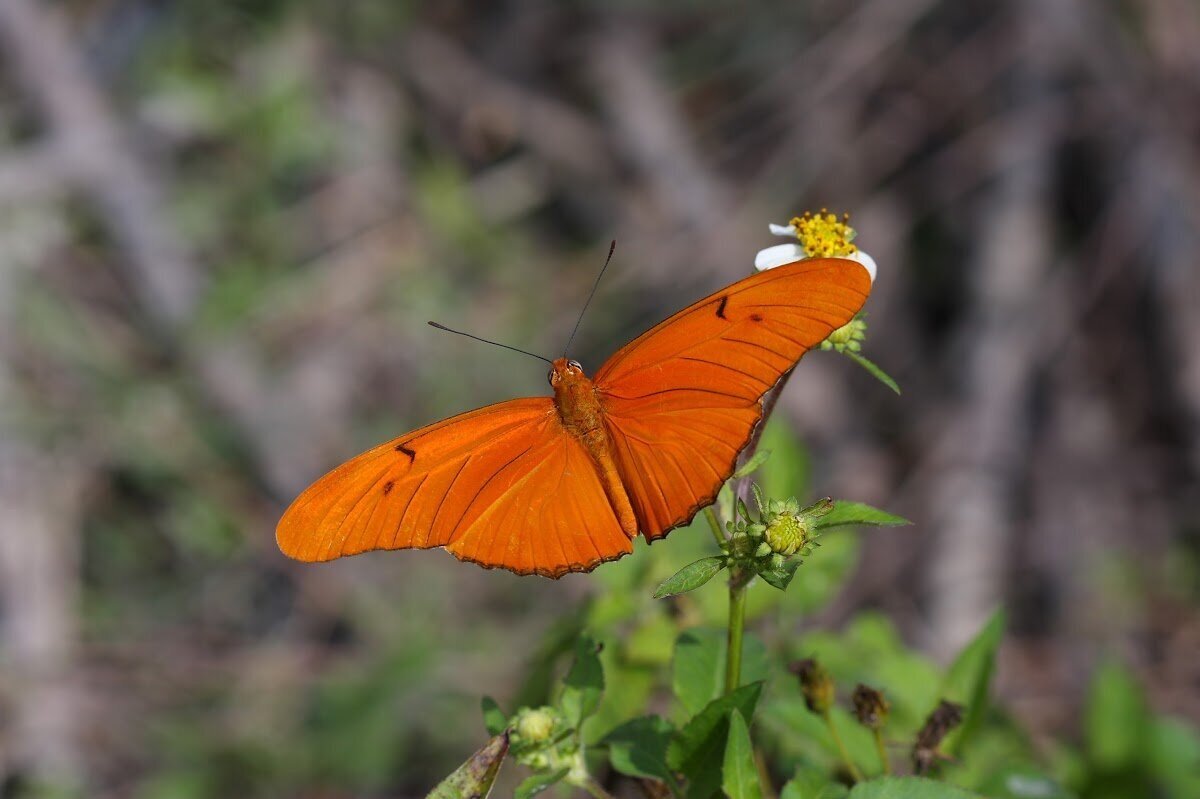
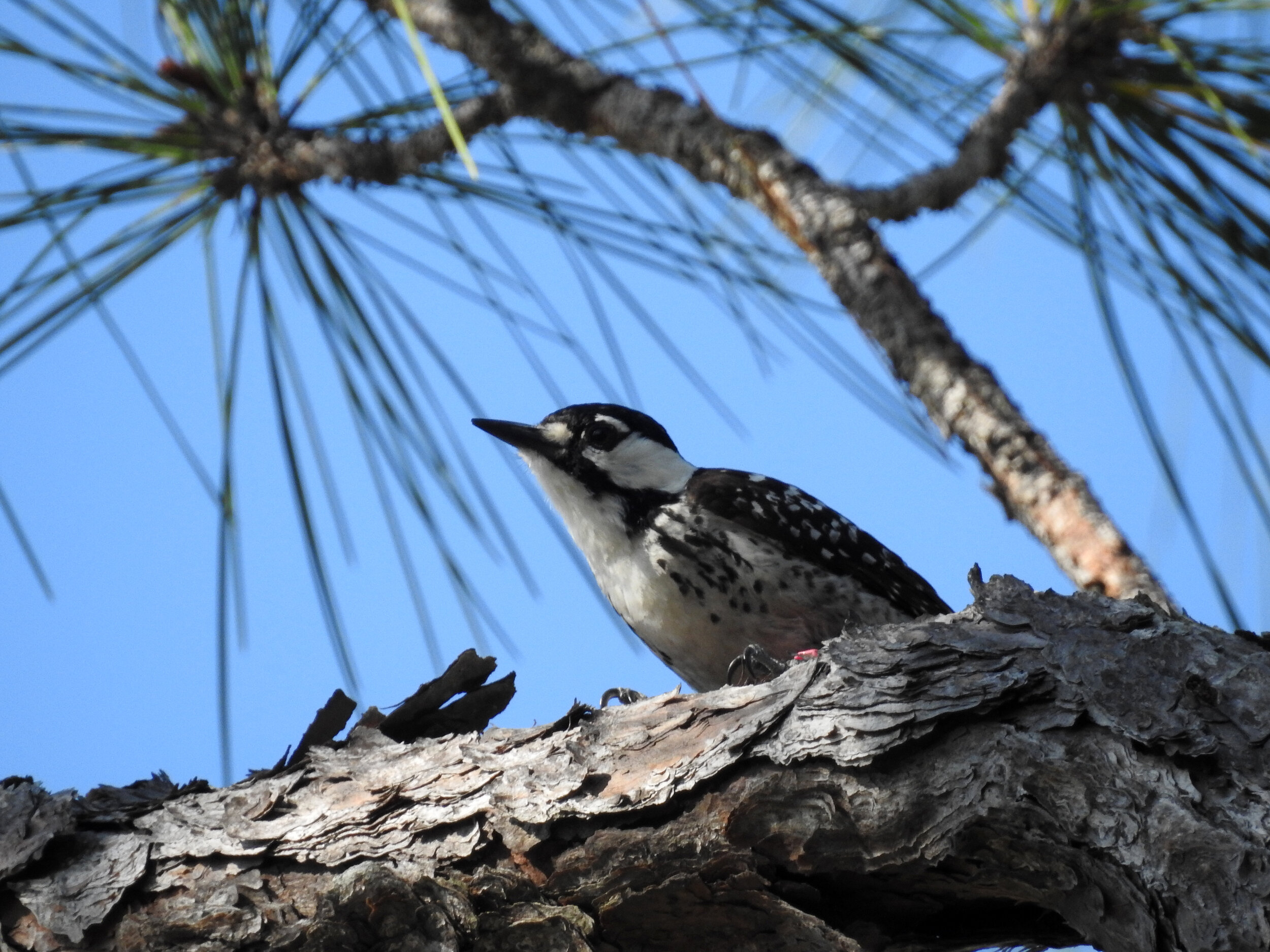
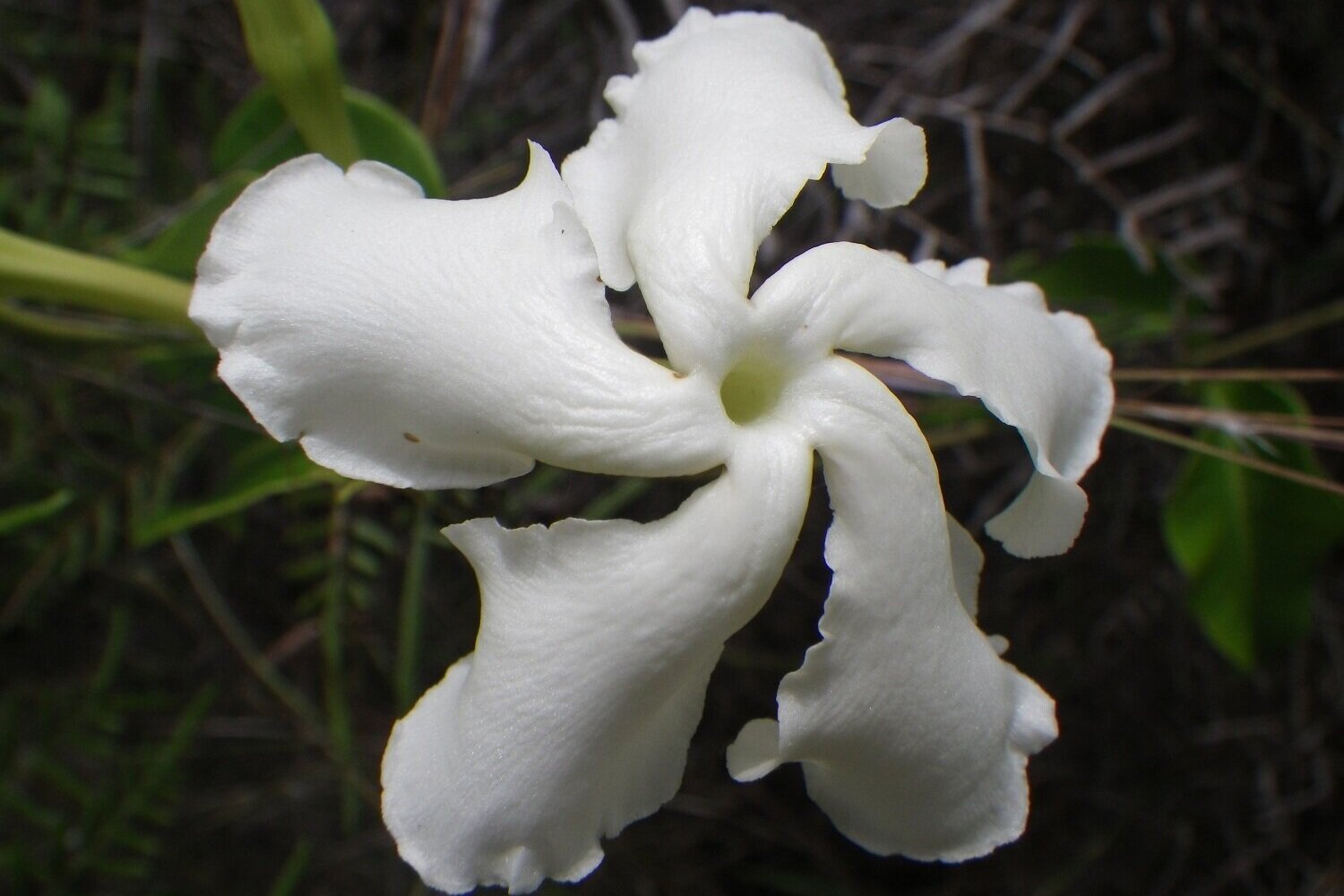

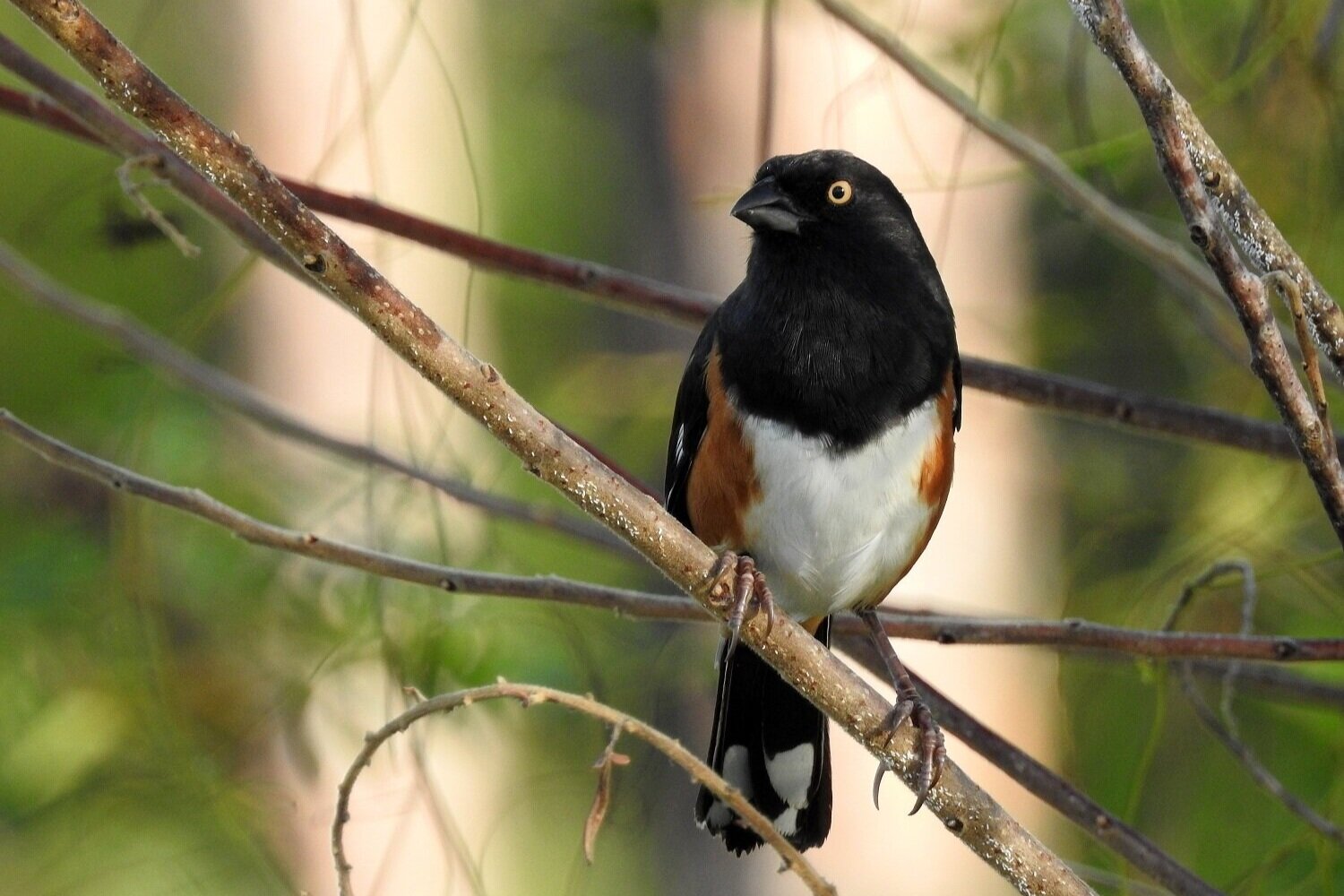
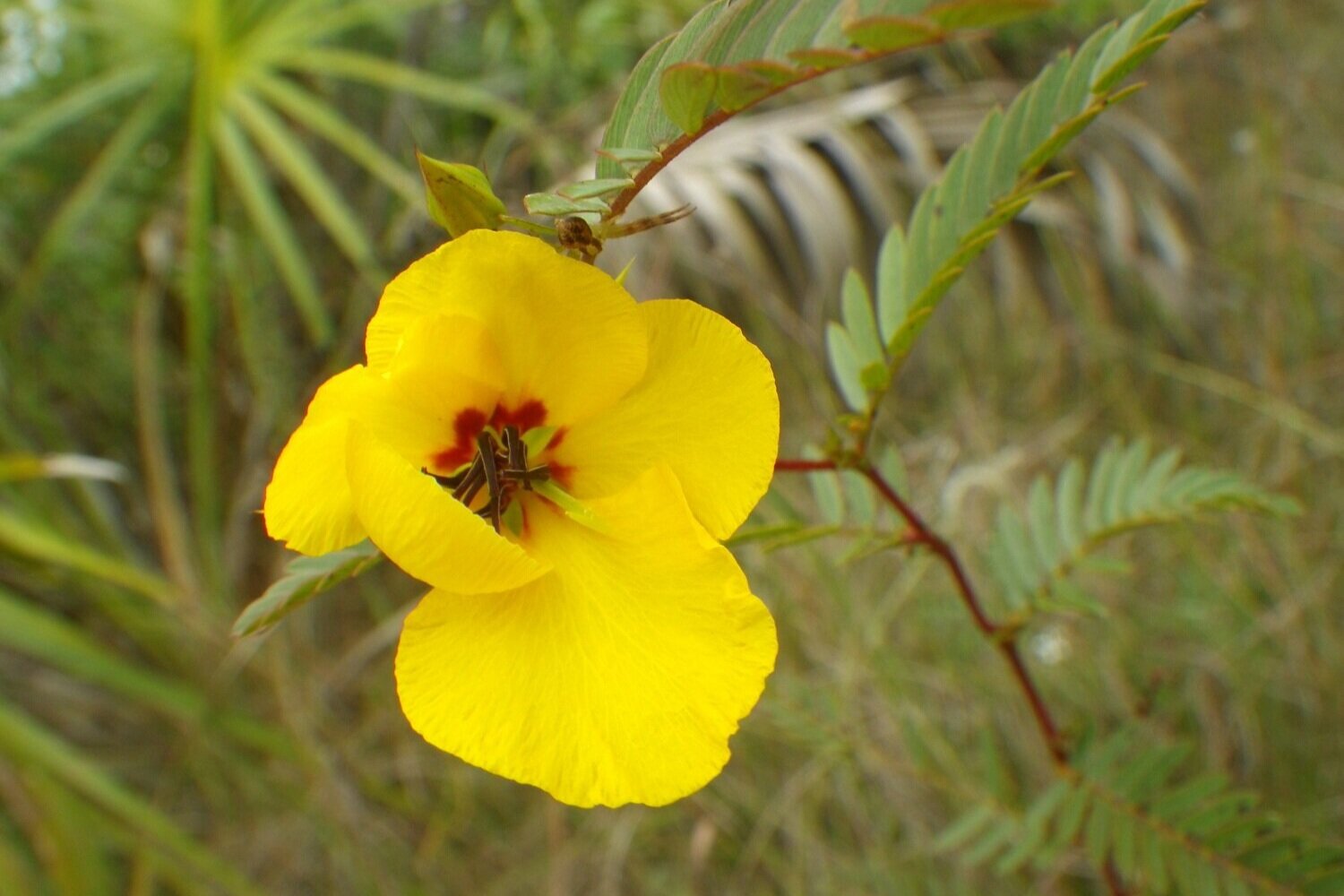
A fire-dependent habitat
Prescribed burns help Pine Rocklands thrive
A defining characteristic of Pine Rocklands plant species is their need for, and adaptability to, periodic fires. Certain species, such as the South Florida slash pine, benefit from fires and actually enable them by dropping needles to form fine fuel. Eventually, when a fire strikes within the dry environment, the fine fuel accumulated increases the intensity of the fire. With extreme heat, pinecones will disperse their seeds into the surroundings. Fires aid seed germination and help reduce the proliferation of exotic plant species. Native wildlife also depends on periodic fires. For example, more than 350 species benefit from using the Gopher Tortoise’s underground burrows as shelters during ravaging fires.
Historically, fires in the Pine Rocklands were ignited by lightning strikes. When Nature does not intervene, forest managers schedule prescribed burns — fires purposely set and supervised — every 2 to 7 years to keep the remaining fragments of Miami-Dade County Pine Rocklands healthy. Today, however, many remaining Pine Rocklands are very near urban development or suburban neighborhoods, so prescribed burns are not always an option.
Advocating to Protect, Preserve and Restore Pine Rocklands
One of the biggest threats facing the remaining South Florida Pine Rocklands is urban development and invasion of exotic plant species. To ensure the preservation of this rare ecosystem, Tropical Audubon Society (TAS) advocates to protect Pine Rocklands and coordinates with local, state and federal organizations and government agencies to help prevent any further loss, fragmentation or degradation of this now-rare habitat.
TAS collaborates with Miami-Dade County’s Environmentally Endangered Lands (EEL) Program to help identify Pine Rockland parcels to purchase from willing sellers to protect and maintain the rare habitat for future generations.
Florida bonneted bat
TAS advocates to protect Pine Rocklands habitat threatened by development. In 2017, TAS joined the Miami Pine Rockland Coalition and conservation partners in a lawsuit opposing a proposed 93-acre development project on major parcels in the Richmond Pine Rockland, a 4-square-mile area that contains the largest contiguous fragment of Pine Rocklands in Miami-Dade County outside of Everglades National Park. The case was settled.
In 2020 TAS publicly opposed a proposed hotel and water amusement park project (Miami Wilds) adjacent to Zoo Miami. If constructed on this proposed site, its development will negatively affect the survival of at least four federally listed endangered species: the Florida bonneted bat, the Miami tiger beetle, the Florida leafwing and Bartram’s scrub-hairstreak butterflies. These four listed species are unique to Florida and depend on the proposed project site as their habitat. Read our Op-Ed in the Miami Herald HERE.
TAS advocates for Pine Rockland species. In June, 2020 the U.S. Fish and Wildlife Service proposed, in response to a legal agreement with TAS, the Center for Biological Diversity, and the Miami Blue Chapter of the North American Butterfly Association, the designation of 1.5 million acres as critical habitat for the Florida bonneted bat, a Pine Rockland species. The bat is found only in South Florida where its population declined steeply as its forest and wetland habitats were developed and/or denigrated by pesticides for decades. The proposed critical habitat designation is a step in the right direction, however, more needs to be done before the designation is formalized. Many of the bat’s known foraging and roosting areas in urban and suburban Miami-Dade County were not included in the proposed designation. It is therefore crucial that Fish and Wildlife expand the proposed critical habitat acreage.
TAS owns and maintains two Pine Rockland parcels: the Pine Rockland demonstration forest at our 2.2-acre near-native South Miami area campus, and the Porter-Russell Pine Rockland Nature Preserve, an 8-acre property in South Miami-Dade County.
TAS educates the public about how to restore connections between and among Pine Rocklands and surrounding natural communities via Habitat Restoration Gardening Days wherein volunteers help maintain the Pine Rocklands demonstration forest on our main campus, keeping it free of invasive species. TAS also promotes Fairchild Tropical Botanic Garden’s “Connect to Protect Network,” a citizen science program that enlists South Florida residents to plant native plants in order to connect the few remaining isolated Pine Rocklands fragments. By encouraging the public to install native plants, this increases the probability that birds, bees, butterflies and other pollinators can find and transport seeds and pollen among forest fragments.
TAS increases public awareness and understanding about Pine Rocklands via workshops, field trips, tours of our demonstration forest and via the Smart Growth track of our Tropical Audubon Ambassador Program, our award-winning signature education series designed to empower South Floridians to become more engaged, educated and effective environmental advocates.
Visit our Pine Rockland Demonstration Forest
Read More >
Learn about Pine Rockland species
Coming Soon >

